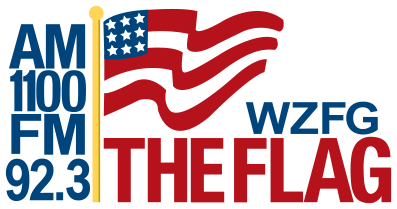With an anticipated surge of COVID-19 patients in communities nationwide, health care locations are being modified to provide more beds, existing buildings are being repurposed, and temporary structures are being put into service to meet impending demands. In response, the National Fire Protection Association (NFPA) has created two immediate resources to help health care engineers, designers, and authorities having jurisdiction (AHJ) provide the safest levels of fire and life safety possible as these unprecedented circumstances continue to evolve and emerge.
“At NFPA, we fully recognize that it will be impossible to modify or construct spaces in strict compliance with fire and life safety codes while getting ready to treat critically ill patients with the best possible care,” said Robert Solomon, P.E. fire protection engineer at NFPA. “At the same time, there are measures that can be taken to help keep people safe from fire in light of the current situation.”
Under normal conditions, Solomon says structures built for providing care to patients are designed and operated in accordance with NFPA 101®, Life Safety Code®, and NFPA® 99, Health Care Facilities Code, and the dozens of other standards referenced within them. At this time, however, he encourages fire and life safety professionals to look to the intent of these documents and use portions, such as the equivalency clauses, the goals and objectives of NFPA 101, and the risk-based approach of NFPA 99, to guide decisions.
The NFPA fact sheet, “Maintaining Safe Health Care Facilities in Extraordinary Times,” is a short guide that outlines multiple considerations and alternatives to providing life safety for affected rooms, areas, and structures. In addition, NFPA released “Temporary Compliance Options for Code Modifications, Alternate Care Sites, and Facilities Related to Health Care,” a white paper that provides greater context to associated considerations and measures around construction, prevention, detection and notification, egress, and automatic sprinkler systems.
“NFPA is collecting information around the issues AHJs, health care providers, and accrediting organizations are facing and how modifications to these and other occupancies still need to address fire and life safety,” said Solomon. “While each situation has its own unique variables, we will continue to provide guidance that facility engineers, designers, AHJs, contractors and others can use to balance common practices against the current needs during this public health emergency.”
NFPA provides key resources and information that address emergency planning, building, fire and life safety issues as the world continues to grapple with the COVID-19 epidemic. Check the site for regular updates.







